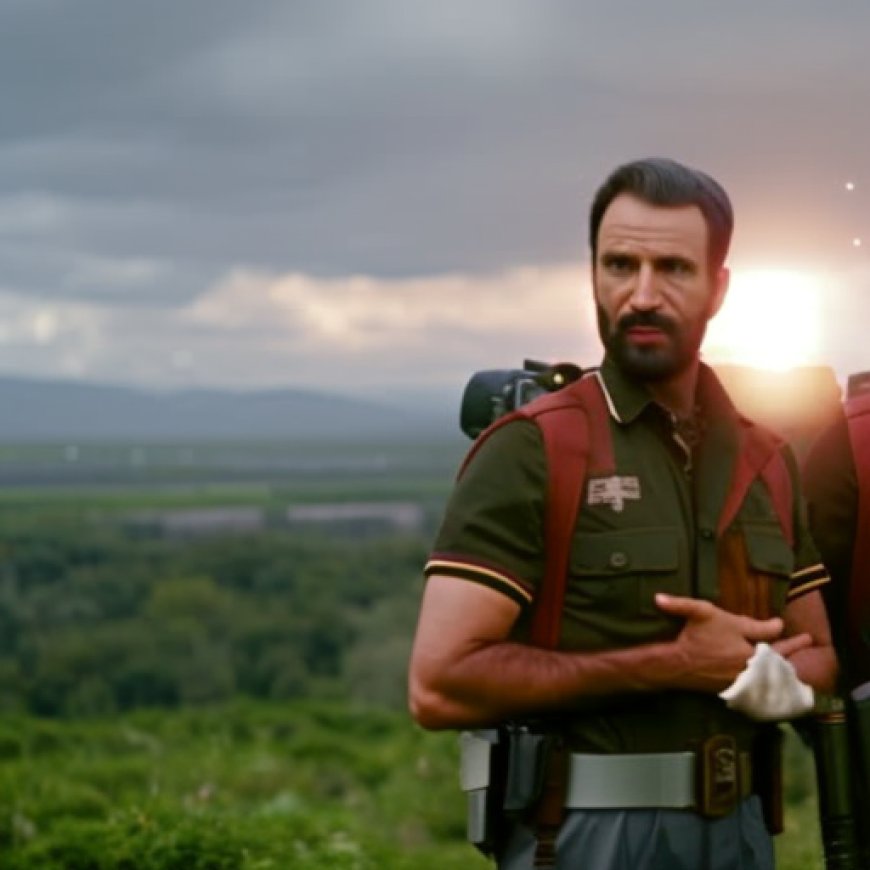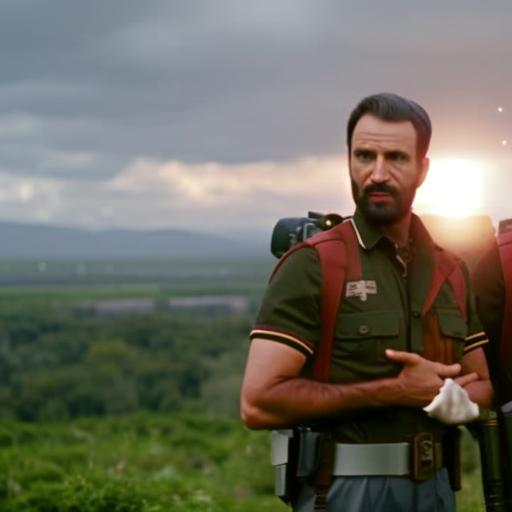Biodiversity experts alarmed by resistance to reversing ecosystem degradation
Biodiversity experts alarmed by resistance to reversing ecosystem degradation EURACTIV


As uncertainty mounts on the adoption of the Nature Restoration Law (NRL), biodiversity experts sound the alarm against further resistance to reversing decades of ecosystem degradation.
The legislation, which passed a contested EU Parliament vote in late February but failed to gain the support of all member states, envisages, among other measures, the preservation of at least 25,000 kilometres of rivers.
The Nature Conservancy’s (TNC) head of biodiversity policy, Andras Krolopp, told Euractiv that while the concrete numeric target might sound ambitious, it represents a rather low proportion of all European rivers.
While restoring freshwater habitats and species may be often overlooked in conservation decisions, Krolopp argued that the law is of triple importance: “To address the impacts of climate change, we require more natural areas, and for aquatic species to have more access to diverse high-quality habitats. The law is crucial for food security (particularly pollinators), but most importantly, it is essential for halting and reversing the decline of biodiversity.”
Krolopp said the commitment to restore rivers holds significant importance, particularly for migratory species like salmon. He said: “Numerous types of gobies and trout could also benefit from extended stretches of unobstructed river flow and more interconnected headwater tributaries.”
The Balkans, leading by example
The Balkans, a biodiversity hotspot and home to Europe’s last free-flowing rivers leads by example when it comes to river protection.
The decision to provide legal protection for Croatia’s Mrežnica and Tounjčica Rivers is a success story Europe can learn from, as it marks a significant milestone in the TNC’s United For Rivers campaign to safeguard over 400 kilometres of rivers throughout the Western Balkans.
The Ćehotina River in Montenegro is another example of ecological revival.
“Protection of rivers means the greatest patriotism for the local community. Rivers are a resource that we should preserve for future generations. The river is a symbol of life and the struggle for self-survival, from which every person should learn,” local fisherman and activist Vaso Knežević told Euractiv.
Economic boost from eco-tourism
Milija Čabarkapa, director of Eco-team NGO, spoke about the potential to designate Ćehotina a Nature Park and how it could contribute to the development of the neglected rural area.
“Eco-tourism and nature-based tourism can stimulate local economic growth, allowing the inclusion of local communities. It can improve life and infrastructure, opening new development opportunities for young people who may decide to tie their lives to the village.”
The development of coal mining has devastated the river in the last 50 years, but citizens seem now keen to revitalise and preserve it for future generations, as the river supplies drinking water to the people in the Municipality of Pljevlja.
“Establishing a protected area is an important step towards better preservation of valuable ecosystems, as opposed to decades of development that degraded the environment and generated significant negative health effects on the population,” Čabarkapa remarked.
In Serbia, where conservation efforts often fail to address threats posed by river fragmentation, Veliki Rzav serves as an example of how preservation initiatives led to a local parliamentary decision prohibiting the construction of 18 small hydropower plants.
“We are close to declaring the Special Nature Reserve, which will be a major win for nature protection. It represents opportunities for sustainable development for local communities,” Nataša Milivojević, director of the Ecological Association Rzav, told Euractiv.
While the organisation has been proposed to manage the future protected area, Milivojević admitted challenges remain, including managing protected species and implementing sustainable rural tourism.
“The aim is to preserve the river’s intrinsic natural values, prevent water pollution, maintain hydrological stability, and safeguard rare geological and geomorphological features through a regional river protection campaign.”
Last chance for Europe’s rivers?
With the European Environment Agency reporting that 80% of European habitats are in poor shape, Krolopp argued that failure to adopt the NRL might lead ecosystems and species to gradually or suddenly vanish.
He stated that meeting conservation targets may vary across different habitat types in Europe and dramatic changes may not be immediately evident. However, there could be a silver lining even if Europe cannot reach the goals foreseen in the NRL or if the legislation collapses.
“Member states will likely improve their inventories of barriers and habitats. They could enhance systems for barrier removal and adaptation to severe weather. This would pave the way for managing larger positive changes, including projects that create well-paid construction jobs and contribute to healthier rivers.”
“Ultimately, this effort could also become a point of pride for the communities around those rivers,” explained Krolopp.
Read more with Euractiv
SDGs, Targets, and Indicators in the Article
1. Which SDGs are addressed or connected to the issues highlighted in the article?
- SDG 6: Clean Water and Sanitation
- SDG 14: Life Below Water
- SDG 15: Life on Land
2. What specific targets under those SDGs can be identified based on the article’s content?
- SDG 6.6: By 2020, protect and restore water-related ecosystems, including mountains, forests, wetlands, rivers, aquifers, and lakes.
- SDG 14.1: By 2025, prevent and significantly reduce marine pollution of all kinds, particularly from land-based activities, including marine debris and nutrient pollution.
- SDG 15.1: By 2020, ensure the conservation, restoration, and sustainable use of terrestrial and inland freshwater ecosystems and their services, in particular forests, wetlands, mountains, and drylands, in line with obligations under international agreements.
3. Are there any indicators mentioned or implied in the article that can be used to measure progress towards the identified targets?
- Indicator for SDG 6.6: Proportion of water bodies with good ambient water quality.
- Indicator for SDG 14.1: Amount of plastic waste generated per capita.
- Indicator for SDG 15.1: Extent of forest area protected or conserved.
Table: SDGs, Targets, and Indicators
| SDGs | Targets | Indicators |
|---|---|---|
| SDG 6: Clean Water and Sanitation | 6.6: By 2020, protect and restore water-related ecosystems, including mountains, forests, wetlands, rivers, aquifers, and lakes. | Proportion of water bodies with good ambient water quality. |
| SDG 14: Life Below Water | 14.1: By 2025, prevent and significantly reduce marine pollution of all kinds, particularly from land-based activities, including marine debris and nutrient pollution. | Amount of plastic waste generated per capita. |
| SDG 15: Life on Land | 15.1: By 2020, ensure the conservation, restoration, and sustainable use of terrestrial and inland freshwater ecosystems and their services, in particular forests, wetlands, mountains, and drylands, in line with obligations under international agreements. | Extent of forest area protected or conserved. |
Behold! This splendid article springs forth from the wellspring of knowledge, shaped by a wondrous proprietary AI technology that delved into a vast ocean of data, illuminating the path towards the Sustainable Development Goals. Remember that all rights are reserved by SDG Investors LLC, empowering us to champion progress together.
Source: euractiv.com

Join us, as fellow seekers of change, on a transformative journey at https://sdgtalks.ai/welcome, where you can become a member and actively contribute to shaping a brighter future.







